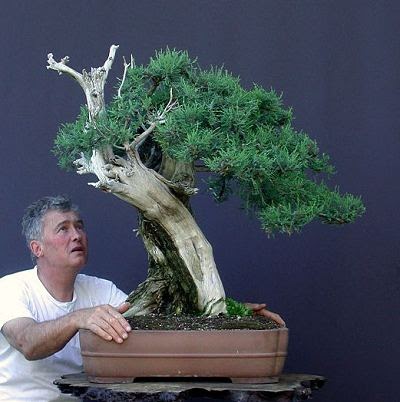ShadyStump
Imperial Masterpiece
I love pines- especially pinyons- but they don't love me. I've so far killed more trees than not in my personal bonsai quest, and I'm not ashamed of it. Failure is a great teacher. I do however know I'm missing something (or many things) obvious that needs to get filled in in order to cure my black thumb. Something that will flatten my learning curve, or at least make sense of the things I've observed so far that I can't pin down.
So, is there some sort of basic pinus horticulture general knowledge source out there I could use? I poignant quick reference guide sort of thing? Every time I try to research it I either get 'pine trees for kids and dummies,' or, 'everything that could possibly be known about (insert specific species name here), volume 72,' and not much in between. A Cliff's Notes, short bullet point list of terms and definitions followed by general concepts that pertain across the genus. Seems like this should be a thing.
So, is there some sort of basic pinus horticulture general knowledge source out there I could use? I poignant quick reference guide sort of thing? Every time I try to research it I either get 'pine trees for kids and dummies,' or, 'everything that could possibly be known about (insert specific species name here), volume 72,' and not much in between. A Cliff's Notes, short bullet point list of terms and definitions followed by general concepts that pertain across the genus. Seems like this should be a thing.

